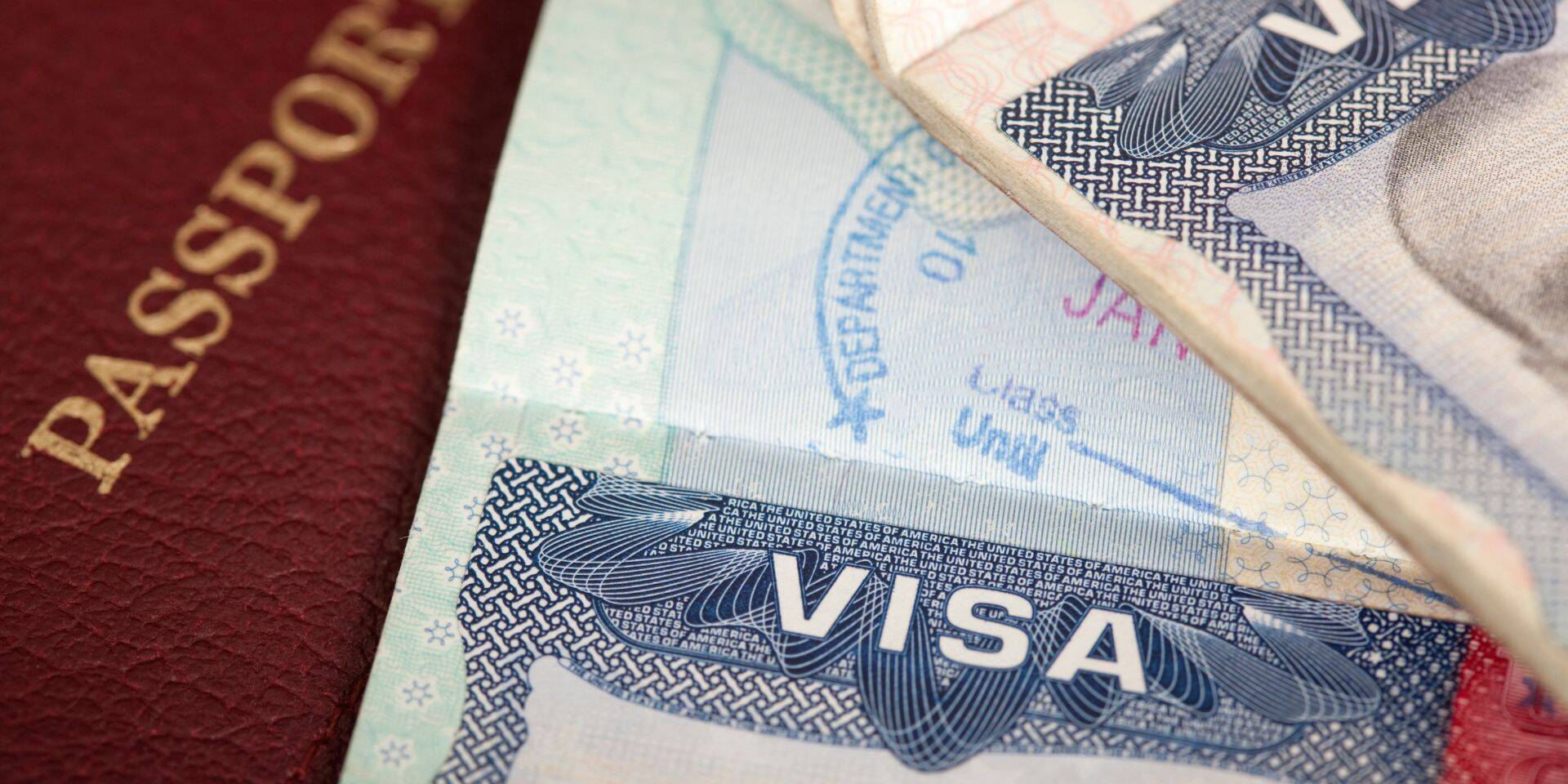During 2020, the COVID-19 pandemic caused a significant decline in permanent visa approvals, as processing at U.S. consulates and embassies came to a virtual halt. However, the Department of State has announced that immigrant visa approvals have “returned to pre-pandemic levels,” in the 2022 fiscal year.
Within a 12-month span, the State Department issued 493,000 visas to overseas immigrants seeking to live permanently in the United States. This is a 73% increase from FY 2021, but only a 7% increase from FY 2019, prior to the pandemic. The State Department’s Deputy Assistant Secretary for Visa Services stated the agency’s immigration backlog has been reduced by 30%. This is a result of hiring additional consular officers.
Migration experts have attributed this drastic increase to several factors. The first factor is the lifting of COVID-19 restrictions, allowing consulates, embassies, and other government agencies to function at their intended capacity. Experts also attribute the Biden administration as part of the reason for the increase. The Trump administration enacted bans that further limited immigration during the pandemic. However, the Biden administration committed to improving immigration after 2020, as President Biden promptly revoked Trump-era visa restrictions shortly after taking office in 2021. The State Department also addressed systemic barriers to legal immigration.
In 2022, the State Department issued 212,000 immigrant visas to spouses, children, and parents of U.S. citizens, which does not have a numerical cap. Approximately 55,000 employment visas were granted during 2022 as well, which is typically capped at 140,000. 69,000 visas that include the diversity lottery and the special visa program for fleeing Afghans were also issued. Refugees arriving in the United States, however, were not included in the visa count, as they gain permanent residency after living in the United States for a year.
While the State Department has shown substantial growth in issuing permanent visas and minimizing backlogs, the agency still has 377,953 visa applications that must be reviewed and interviewed at U.S. consulates. This number compares to the 60,866 monthly backlog applications, pre-pandemic. So while movement is good, there is still a long way to go.
Non-permanent visas, such as student, tourist, and business traveler visas continue to face long wait times. For example, a tourist visa in Mumbai and New Delhi has an average wait time of 999 days for an interview. In other cities, like Mexico City and Guadalajara, tourist visas face similar waits, with an average of 822 and 690 days for an interview. To combat this issue, the State Department plans to hire more consular officers and use innovative technology to decrease wait times.
Currently, the State Department has waived some in-person interviews for particular short-term visas, which are deemed to be “low-risk.” The Department may waive in-person interviews for other visas in the future, but coordination with Homeland Security must take place first.
If you have questions about your visa or any other immigration-related issue, contact us at ILBSG. We actively monitor ongoing updates to policy and how various government agencies may provide backlog relief to ensure our clients get the right advice.
Related Posts
May 16, 2025
Warrantless Phone Searches Not Authorized at All Airports
CBP can't conduct warrantless phone…



